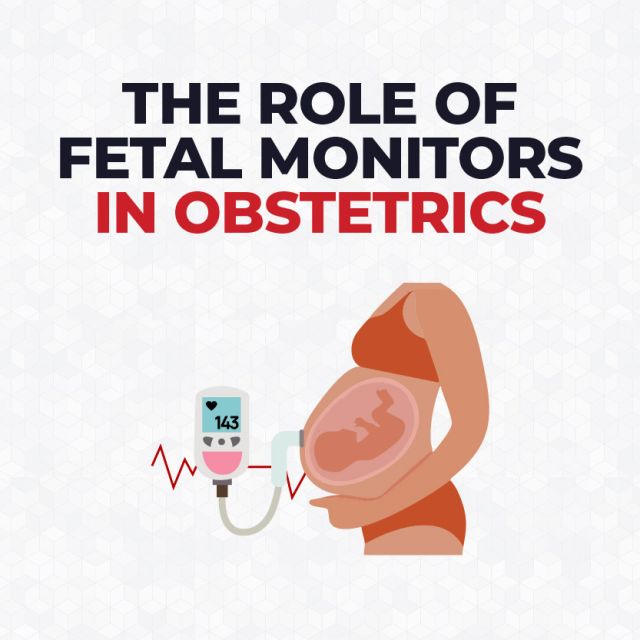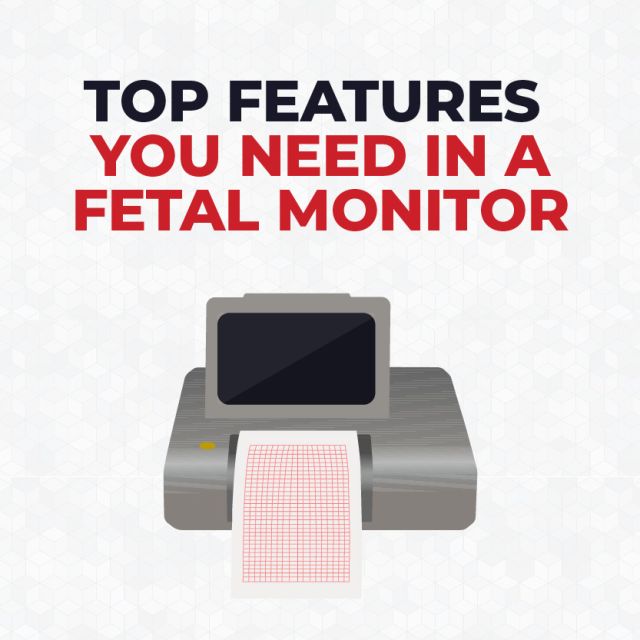The Role of Fetal Monitors in Obstetrics
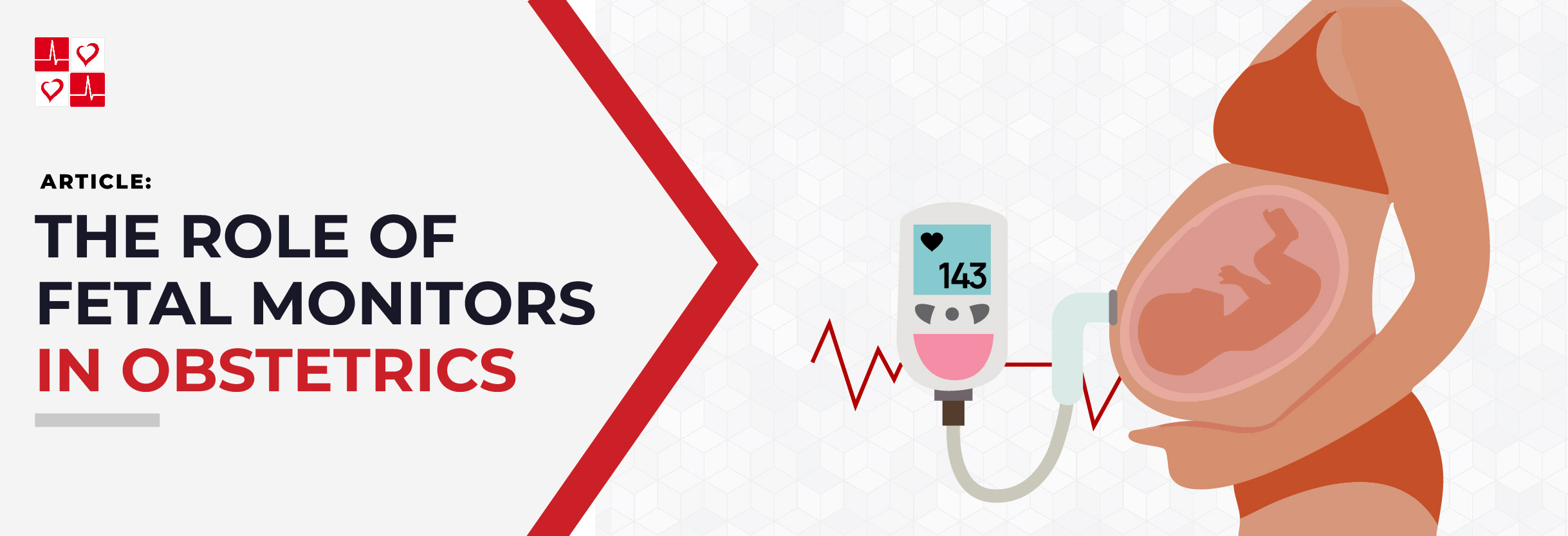
Introduction
Fetal monitors are an integral part of obstetrics, providing valuable insight into maternal-fetal health as well as enabling informed decision-making for nurses and obstetricians. In this article, we will explore the important role fetal monitors have in obstetrics.
The Role of Fetal Monitors in Obstetrics
Measure Fetal Heart Rate
The primary function of a fetal monitor is to measure fetal heart rate during prenatal visits and labor. FHR is an indicator on how well the baby is tolerating the conditions of pregnancy. A normal fetal heart rate typically ranges between 110 and 160 bpm, while abnormalities outside of this range can indicate complications.
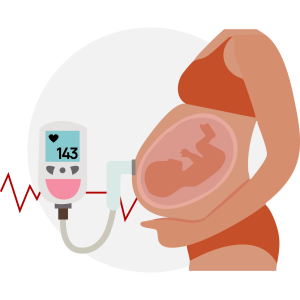
Record Uterine Contractions
Fetal Monitors also help monitor the frequency, duration and strength of uterine contractions. Measuring contractions with a tocodynamometer ensures there is no unnecessary stress on the fetus while effectively evaluating the progress of labor. Fetal monitoring can detect strong contractions through external monitoring or internal monitoring methods.
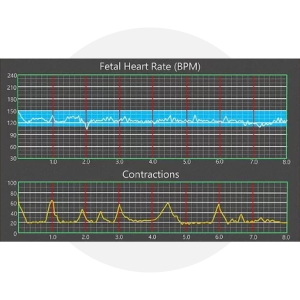
Identify Fetal Distress
Fetal monitors help identify signs of distress, such as abnormal FHR patterns or lack of fetal movement. Fetal Bradycardia and Tachycardia can indicate potential problems such as reduced oxygen supply. Obstetricians may intervene to change the mother’s position, administer oxygen, or give fluids through an IV line to address fetal distress.

Closing
Fetal monitors are essential machines in obstetric care. Whether for managing a high-risk pregnancy or ensuring a smooth delivery, fetal monitors empower medical professionals to provide the best possible care. With continuous advancements in fetal monitoring technology, the role of fetal monitors in obstetrics will only continue to grow. To view our most popular fetal monitors, click here.



